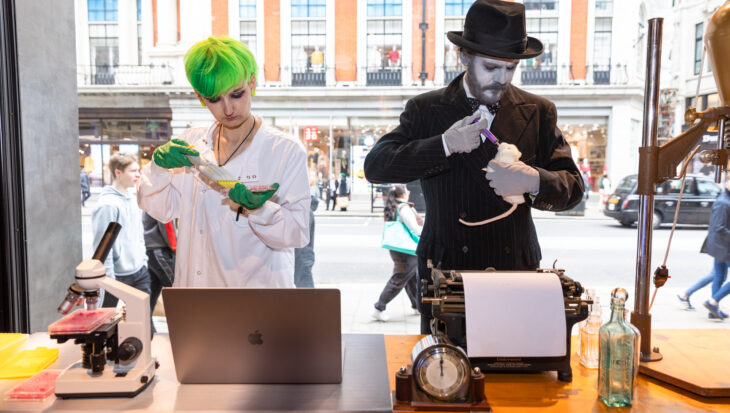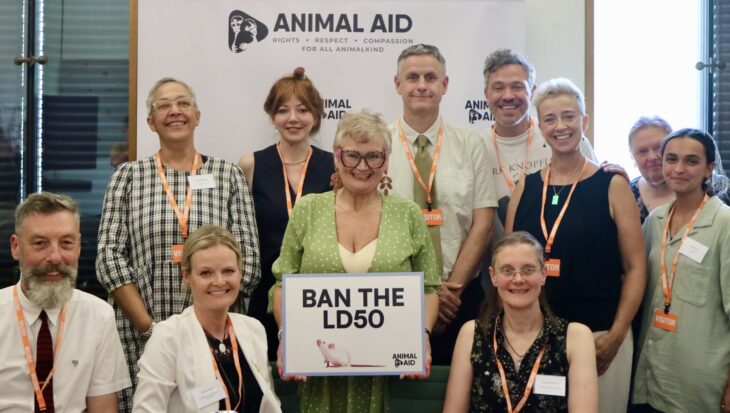In fact, the true on-course equine death toll is far higher than 1,000. The British Horseracing Authority (BHA) was recently forced to admit, in response to a parliamentary question*, that there were 162 more equine fatalities over the past three years than Animal Aid has been able to detect and record in its Deathwatch database. Based on an examination of data from a variety of industry sources, the national campaign group estimates that one in every 42 jump race horses who starts the season, will be dead by the end of the year.
Animal Aid has demanded that the BHA be required to publish, on an ongoing basis, a full account of every racecourse death, specifying where each death occurred and the injury or medical condition that brought it about.
The BHA has a long record of trying to conceal the truth about horse deaths, not just on racecourses but also in training. With respect to the former, it habitually refers to deaths as a percentage of ‘runners’. This is highly misleading because, if two horses run 20 times between them in a season and one dies, the BHA will record that as one death in 20 ‘runners’, whereas the reality is that one out of two horses has died. On training deaths, the BHA has made it clear that it does not hold those figures because its ‘rules do not require it’*.
In a letter to Defra Minister David Heath, Animal Aid notes: ‘Most people have no idea of just how many horses racing kills every year. Publication of the full data by racing’s regulatory authority would mean an informed ethical debate could take place about the toll exacted by racing. Given the special place that horses have in British culture, such a national discussion would be very much in the public interest. We urge you to take immediate steps to ensure that all such relevant information is placed in the public domain. More importantly, the BHA and the industry as a whole should be held accountable for the shockingly high number of fatalities, and put in place urgent remedial action.’
Meanwhile, an analysis of Animal Aid’s Deathwatch figures shows that the racecourses that killed the most horses since the inception of Deathwatch in 2007 are Cheltenham (47 deaths); Sedgefield (44); Market Rasen (40); Newton Abbot (32), and Aintree (31).
Says Animal Aid Horseracing Consultant, Dene Stansall:
‘Animal Aid works extraordinarily hard to record and publish all equine deaths on racecourses – because no industry body bothers to do so. Despite our efforts, we now see we are well short of the true death toll. It took the authority of parliament to extract this data from the British Horseracing Authority.
We have asked the Minister to insist that all racecourse horse deaths and details of where they occur should be published on a routine basis. If horses are to die so that someone can enjoy a bet, then punters should be aware of this basic truth: betting on horses means that horses will suffer and die.’
Notes to editors
More information
- For full background and interviews, contact Andrew Tyler or Dene Stansall on 01732 364546

